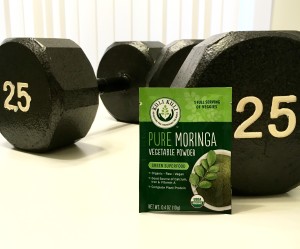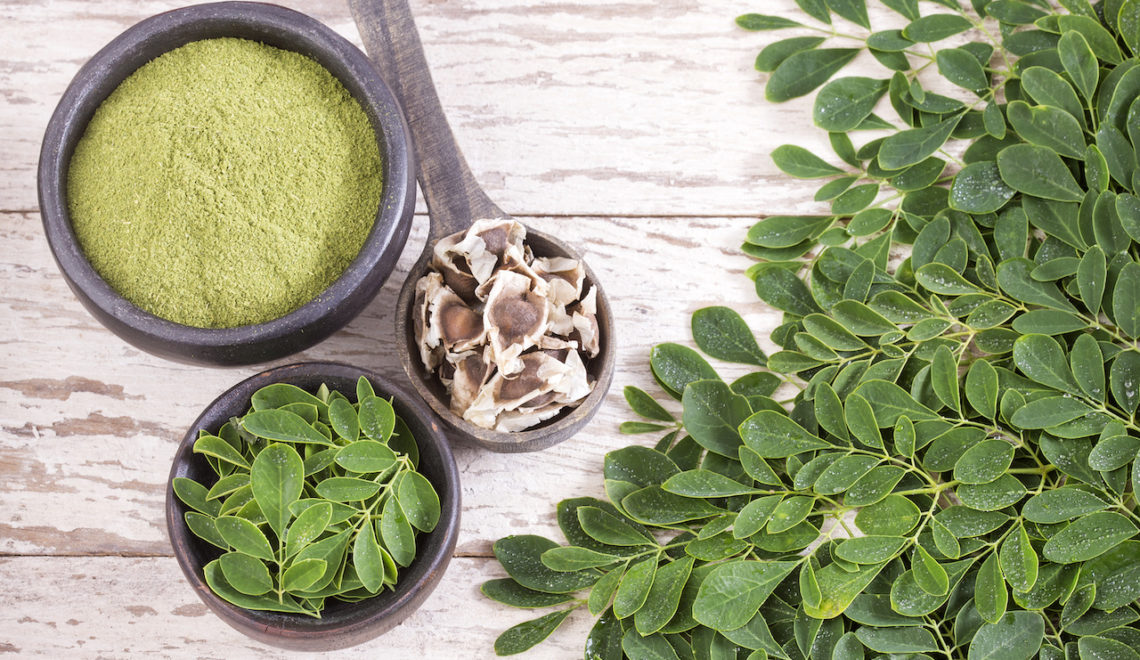In high school, I decided that it would be a good idea to compete in two endurance sports at the same time. Anemia was not something I was familiar with at the time. Looking back, I remember wondering why I was constantly fatigued. I should have been able to wake up for morning rowing practice, attend school, and then run mile repeats before settling into a long night of homework with no problem, right?
It took sitting down with my doctor to realize that the fatigue I felt was derived from more than my hectic schedule. My iron levels were so low that I had to stop all athletic activity and place my focus on regaining strength.
Anemia is a sneaky monster of an illness. It creeps up on you and can wreak havoc on your ability to function without fatigue or weakness. This condition happens when you lack enough healthy red blood cells, and there is not adequate oxygen to your body’s tissues. Anemia is also sneaky because its symptoms are often difficult to differentiate from the byproducts of a hectic schedule:
-
Fatigue
-
Weakness
-
Headaches
-
Brain fog
-
Trouble breathing
Okay, that last symptom maybe isn’t so normal, but the rest are common. What’s a hard work week versus the fatigue of low iron or anemia? There are some factors that can increase your chances of getting diagnosed with anemia:
-
Menstruation and pregnancy (anemia mostly affects women)
-
Vegetarian/Vegan diets
-
Old age
-
Over-exercising
-
Consuming a low iron diet, or iron-blocking foods
If you suspect that you might have low iron levels, take a look at your symptoms in relation to the factors that could increase your chances of diagnosis. It doesn’t hurt to speak with your doctor and complete some bloodwork to make sure.
Rebuilding my iron levels was a slow and frustrating process at times. Any dietary change requires patience. However, once I began to notice results, I was amazed at how much my diet could transform my energy. The addition of high-iron foods to my diet completely changed how my body functioned. Even to this day, I make sure to place my focus on consuming iron-rich foods so as never to return to anemia.
When it comes to maintaining an iron-rich diet without a heavy influence of meat, Moringa has been a game changer. The unassuming plant noticeably changes my feelings of fatigue and weakness when I am low on iron and is especially helpful while menstruating. Dark leafy greens are nutritional powerhouses and are especially helpful for boosting iron intake.
Moringa is perhaps the best plant-based, iron-rich food. A 100g serving of moringa provides more iron than the same serving of kale, spinach, or swiss chard. Iron is notoriously difficult for the body to absorb, so it is necessary to eat foods that also include vitamins that will help your body retain iron.
Moringa supplies a host of vitamins and minerals that aid in iron retention:
-
Vitamin C
-
Folic Acid
-
Vitamin B12
Whether you are trying to prevent anemia or drastically increase your iron levels, adding Moringa to your diet can help. Check out our other articles like 3 Ways to Tell if Your Moringa is Good Quality, or 10 Reasons to Eat Moringa Everyday.
For more recipe ideas and information about moringa’s nutritional benefits, check out our Battle of the Greens series and frequently updated recipe page.
At Kuli Kuli, we believe that moringa is one piece of the larger health puzzle. Has moringa helped you in any way? Let us know in the comments!
Follow us @kulikulifoods or leave us a comment below. We’d love to know your favorite ways to enjoy the benefits of this miracle tree.
More Resources:
http://healthyeating.sfgate.com/nutrients-needed-absorb-iron-3523.html
http://www.irondisorders.org/iron-deficiency-anemia
https://medlineplus.gov/ency/article/000584.htm














Thanks for sharing
Thank YOU for reading!
Thanks so much, Carolyn, for this article! I have been iron deficient for about 2 years now and my iron and ferritin numbers are scarily low. I have been eating super healthy, following an Ayurvedic diet, incorporating iron and vitamin C rich foods, avoiding iron blocking foods with it, and adding things like BSM, ACV, maca powder, bone broth, ashwaganda and such to my daily routine (not all for iron). Still, the numbers are lower than ever. I was advised to start taking weatgrass daily to build the blood (hemoglobin), not just the iron levels, because the iron I receive from food is apparently not being absorbed. Do you have a preference as to which is better for fixing anemia – moringa or wheatgrass? Or maybe both? Any advice is greatly appreciated. Much love and peace!
Drink Kangen water with the Moringa.This changed my life.
Some days back I was suffering from low hemoglobin and iron level. One of my friend suggested me to take Moringa. but I was afraid of any side effects then later I came across ur article and it very well explained about it. Thanks for sharing the article.
Kangen water and Moringa changed my life.Absorbtion!
I also have iron anemia deficiency problem. Please tell me which moringa products can help me, because it seems like my body does not absorb iron from the food i eat?